7 Important Interior Design Rules That Should Never Be Broken
08:37Interior design is just as much about making a space work as it is making it look good, and there are some easy, common design mistakes people make that impede a room’s functions. Some of these mistakes may not seem obvious at first, but they can make a room feel off without you knowing why. These rules aren’t about trends or personal taste either, they’re about making sure a space feels right. Here are eight interior design rules that should never be ignored.
1. The Room Should Guide the Design
Forcing a design onto a space instead of working with it is one of the biggest mistakes in interior design. A home’s layout, natural light, and even the way people move through it should shape the design choices. Ignoring this can make a space feel awkward, boxy, and impractical. A long, narrow room won’t function well with oversized furniture, just like a small space feels suffocating with dark colors. Instead of picking a style first and making it fit, start with what the room needs and build from there.
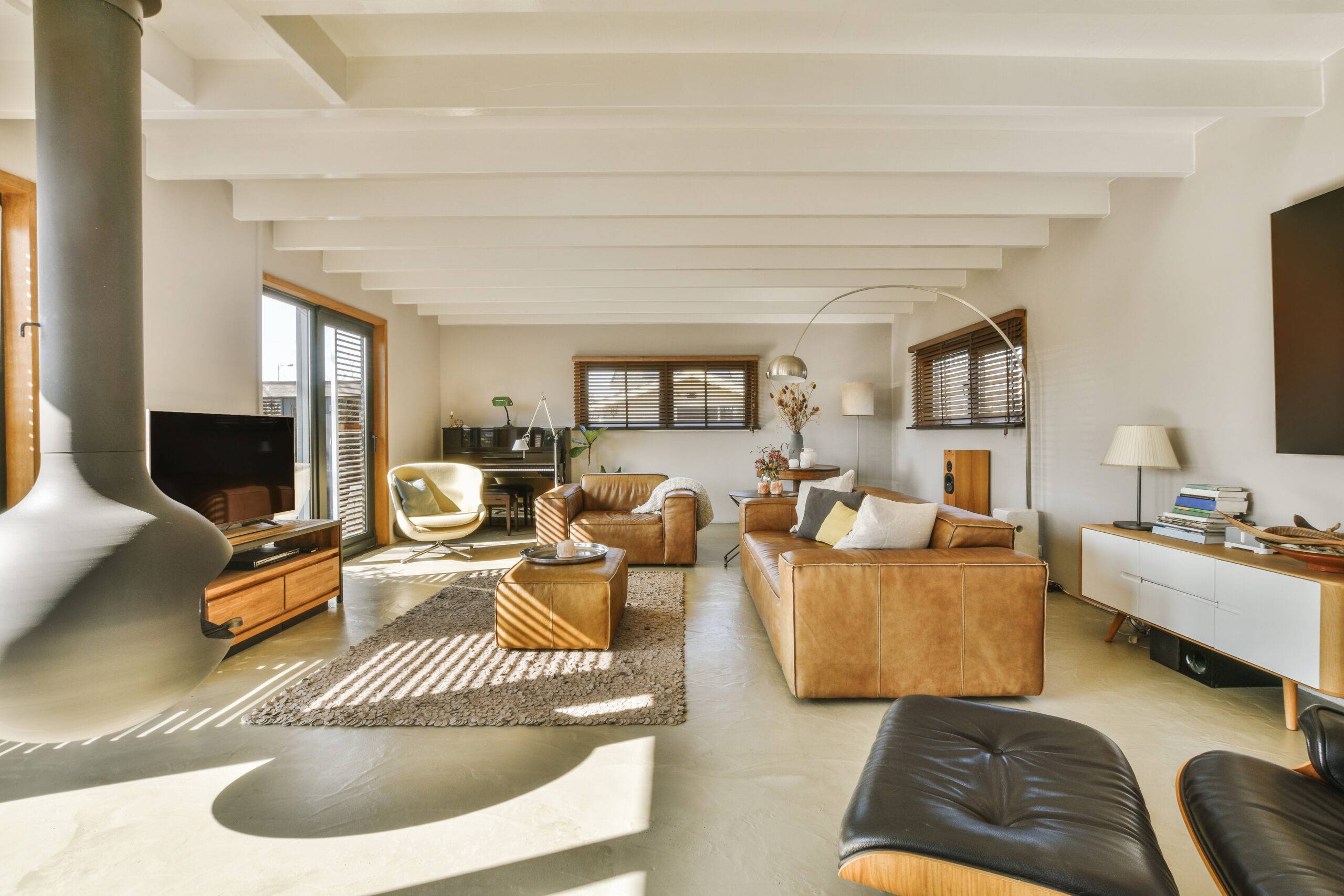
2. Function Before Aesthetics
If a room doesn’t function the way it should, no amount of beautiful decor won’t save it. If a kitchen has stunning countertops but lacks enough storage, it’s going to be a problem. This can be applied to individual features too, like if a chair looks great but isn’t comfortable, it’s not the right choice. Every design choice should consider how the space will be used daily. The best interiors balance both utility and looks, but function should always be the foundation.
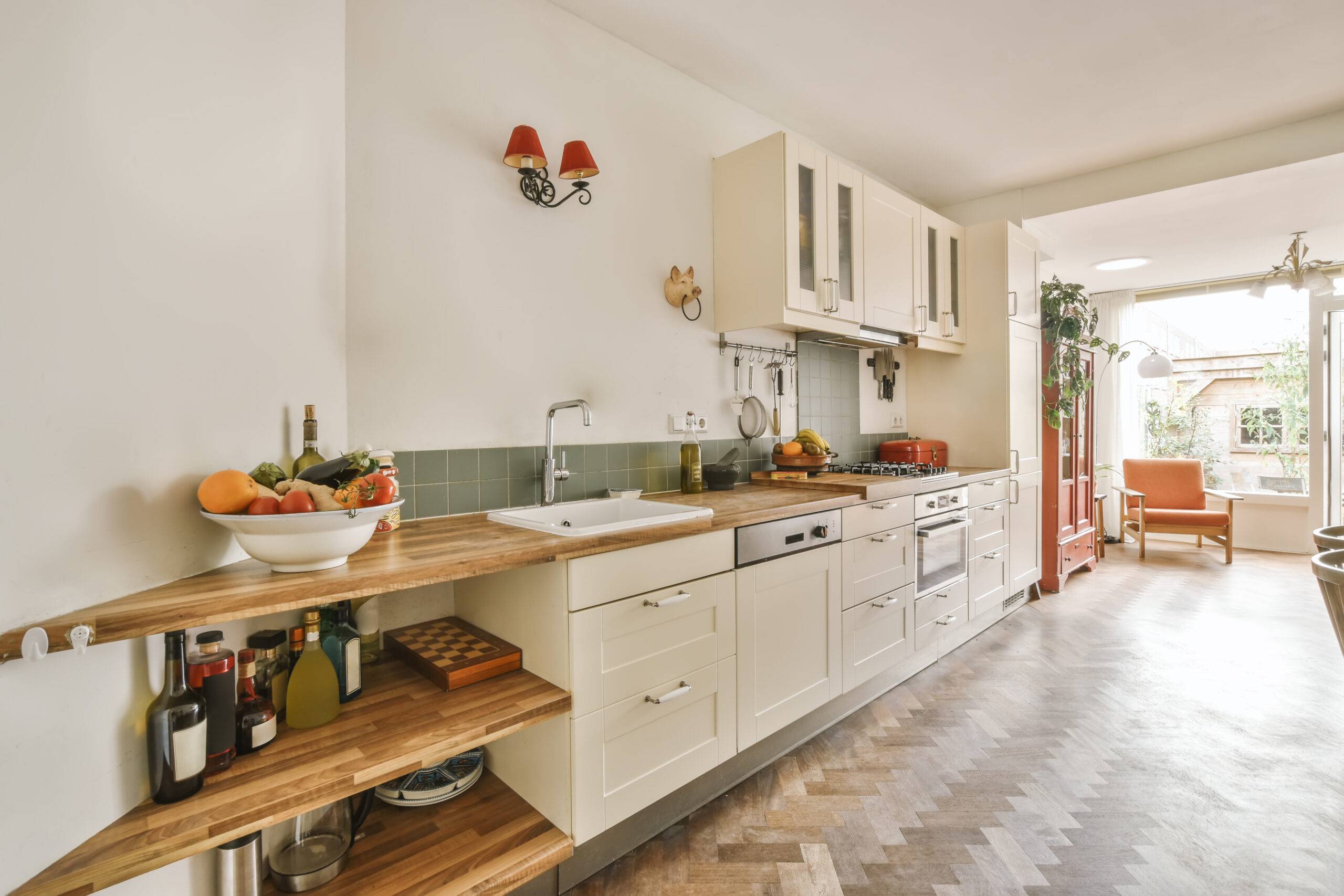
3. Rooms Need Breathing Space
Overfilling a space, even with beautiful pieces, can make it feel overwhelming. A room needs negative space to feel balanced. This doesn’t mean leaving areas completely empty, but rather knowing when to stop. Too much furniture, decor, or patterns can be overwhelming, making a room feel tight and chaotic. Instead, let key pieces stand out by giving them space. If a space feels crowded, try removing an item or two. You might be surprised at how much better it looks.
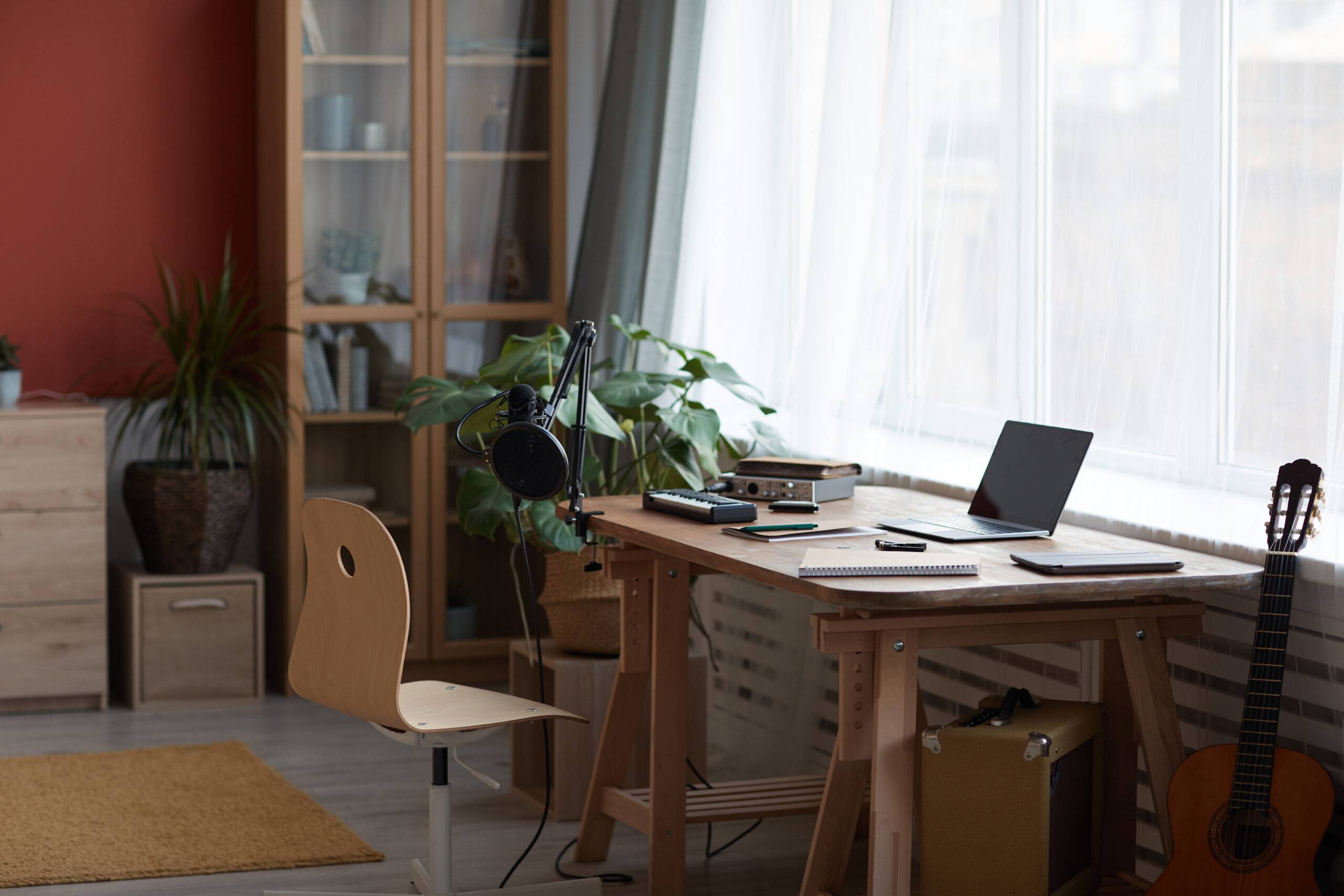
4. Texture is Just as Important as Color
Color gets a lot of attention in design, but texture is what gives a room true depth. A space filled with only smooth, shiny surfaces can feel cold, while too many soft elements can make it seem flat and uninspired. Mixing different materials like wood, stone, metal, glass, and textiles creates contrast and keeps a room visually interesting. Even in a neutral color scheme, layering textures makes the space feel much richer. A well-designed room should consider how elements feel together instead of just how they look.
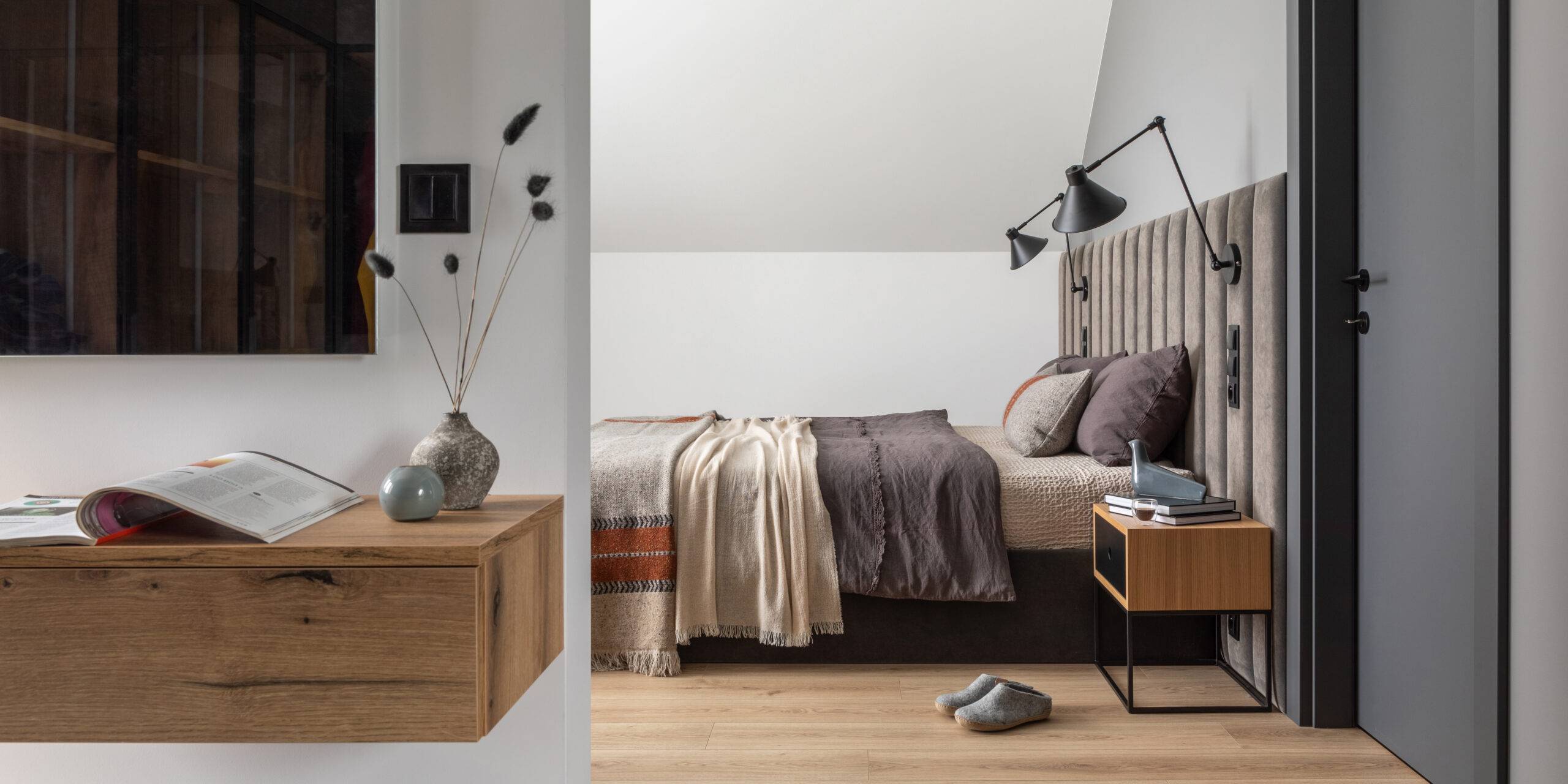
5. Avoid the “Showroom Look”
A room that looks too perfect can feel cold and impersonal. Matching furniture sets, overly staged decor, and everything looking brand new can strip a home of its personality. Real homes have layers, items with stories that were collected over time, personal touches, and decor that reflects the unique aesthetics of person who lives there. Instead of making a space look like it came straight from a catalog, make it feel lived in. Mix old and new, add items with sentimental value, and let imperfections make the space feel real.
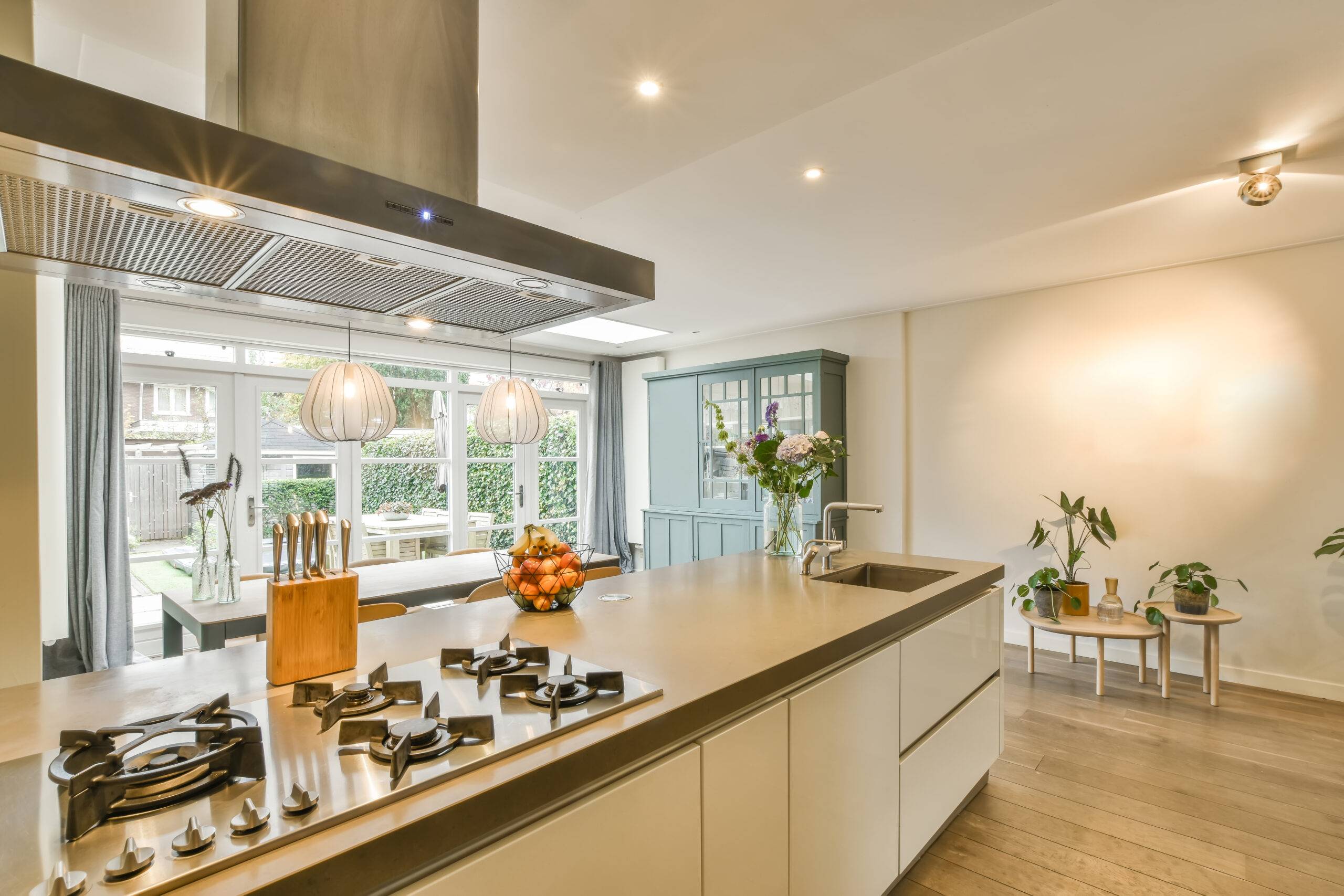
6. Don’t Ignore Flow
A well-designed room allows people to move through it easily. If furniture is placed without considering how people navigate the space, the room feels cramped and awkward. Walkways should be clear, doors should open fully, and seating areas should feel natural. Pay attention to how the space is used daily. If a room constantly feels cluttered or hard to move in, it’s time to rethink the layout.
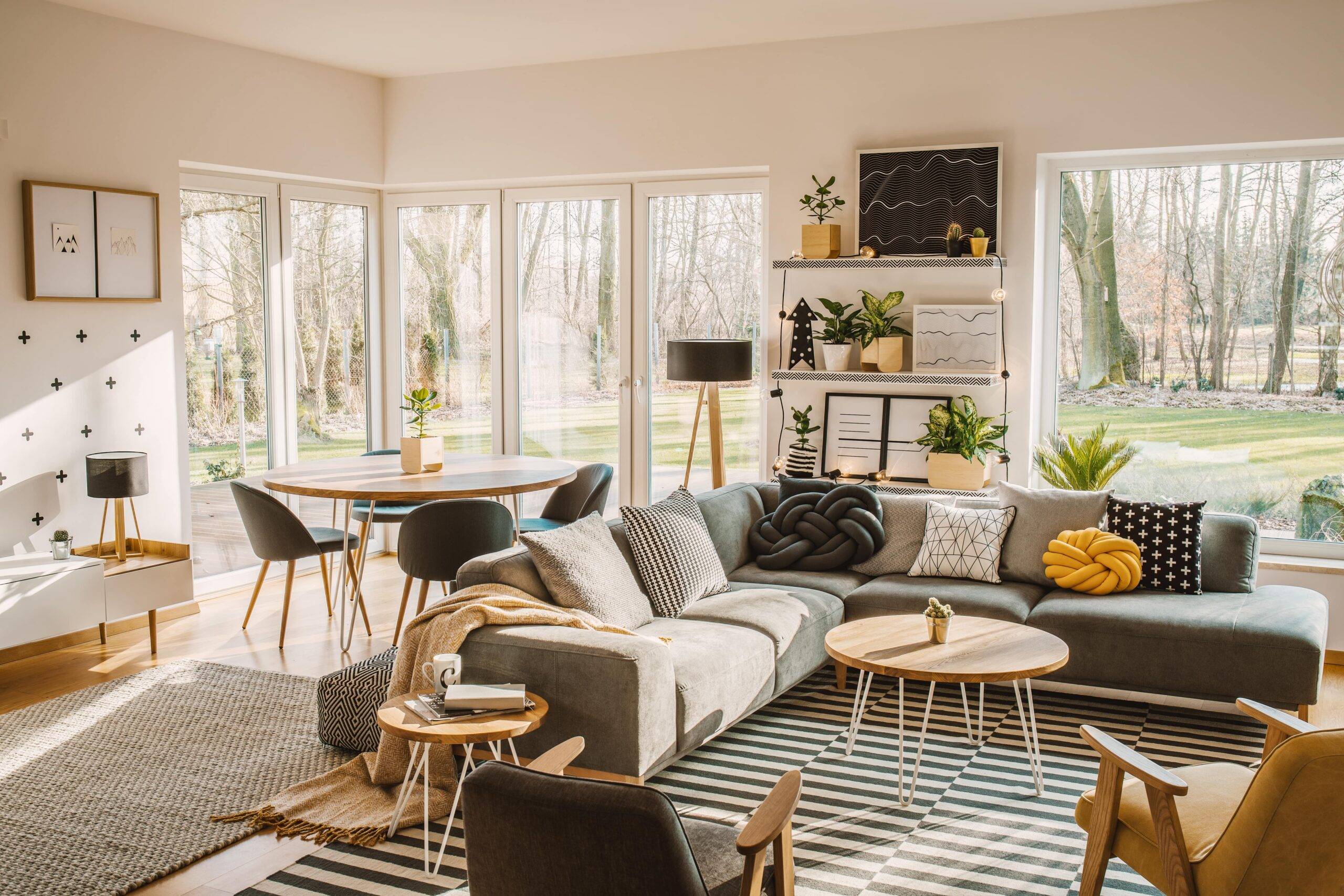
7. Don’t Overdo Trends
Trends come and go, but a home should feel timeless. Following every new design trend can make a space feel outdated quickly (and also stress you out as you constantly feel the pressure to stay updated). Instead of committing to bold trends on big-ticket items like furniture or flooring, use them in small, changeable ways through decor, paint, or accessories. A well-designed home reflects long-standing personal taste, not just what’s popular in the moment, so invest in pieces that will last and let trends be a light touch rather than the foundation of a room’s design.
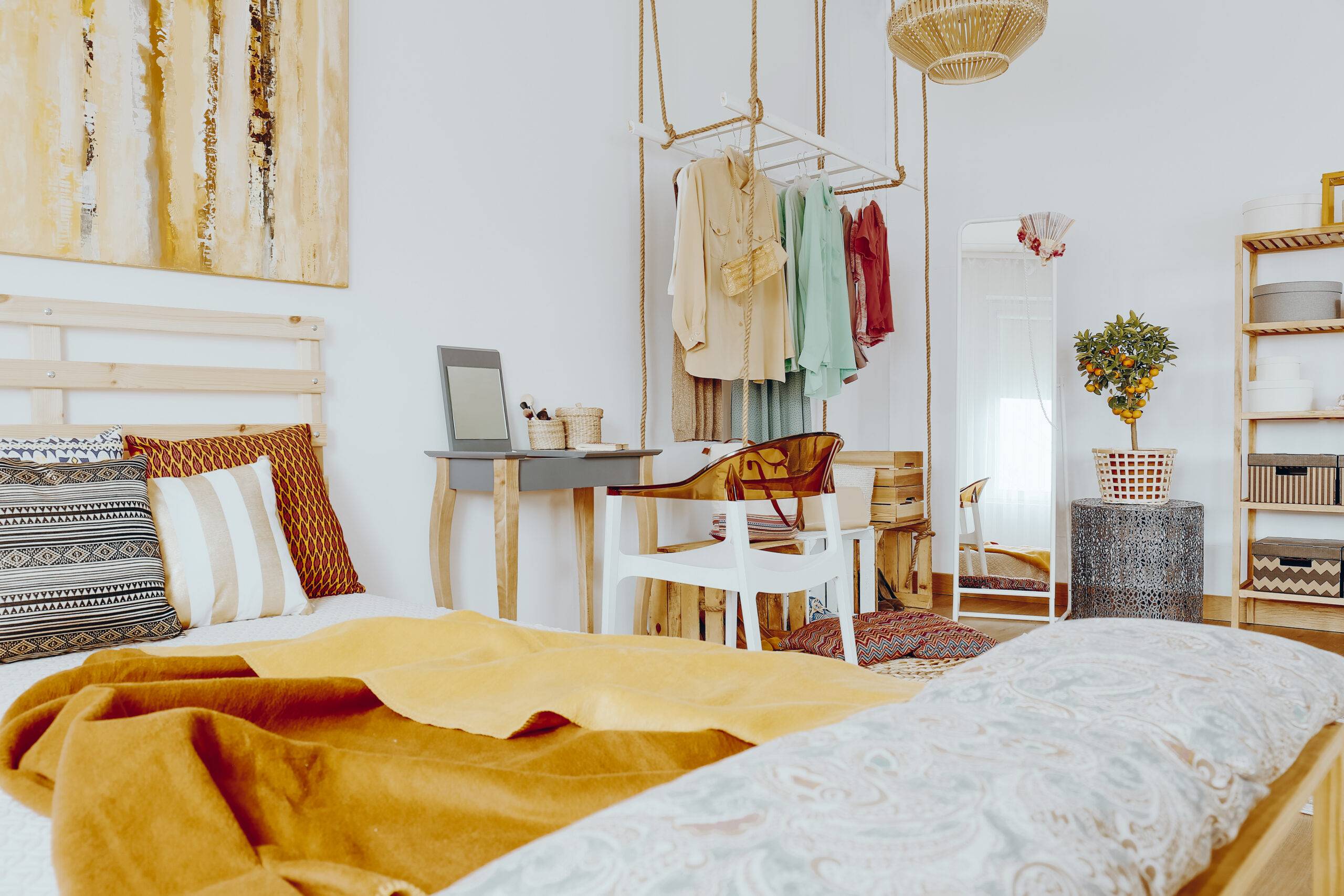
Good interior design isn’t about following every rule, but there are still some principles that are too important to ignore. When a room is overcrowded, lacking texture, or awkward to move through, it just doesn’t feel right. By keeping these design rules in mind, you can create spaces that look great and feel even better to live in.
You're reading 7 Important Interior Design Rules That Should Never Be Broken, originally posted on Decoist. If you enjoyed this post, be sure to follow Decoist on Twitter, Facebook and Pinterest.
Posted By : Daniel Mitchell
0 comments